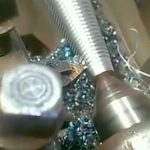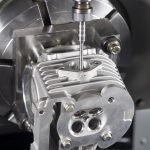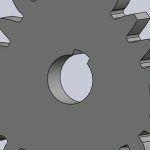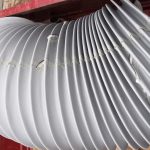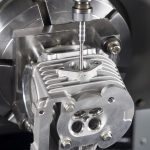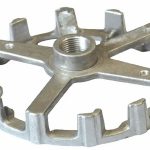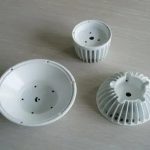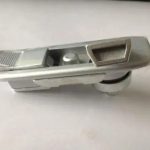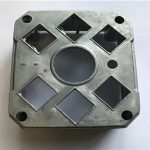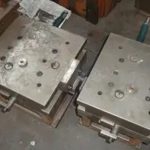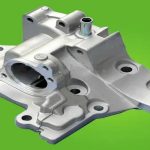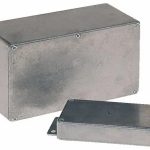Quenching oil is the most widely used cooling medium in the heat treatment quenching process for a long time. Although quenching oil has many unique cooling characteristics, it also has problems such as energy consumption, environmental pollution and fire hazards.
First of all, the quenching oil consumed in the quenching process is a precious petroleum resource. According to investigations, in 2010, my country’s heat treatment industry consumed more than 1.2×105 tons of mineral oil, which is equivalent to 2.1×105 tons of standard coal, and the converted electricity is nearly 5.2 billion kWh. It can be seen that this energy consumption is quite amazing.
At the same time, most of the consumed mineral oil is converted into oil fume and discharged into the atmosphere. The whole industry emits oil fume up to 8×107 m3/year, which contains a large amount of carbon monoxide and sulfur dioxide, which becomes the most important source of pollution in the heat treatment process.
Furthermore, the vast majority of fire accidents in the heat treatment industry are caused by mineral oil.
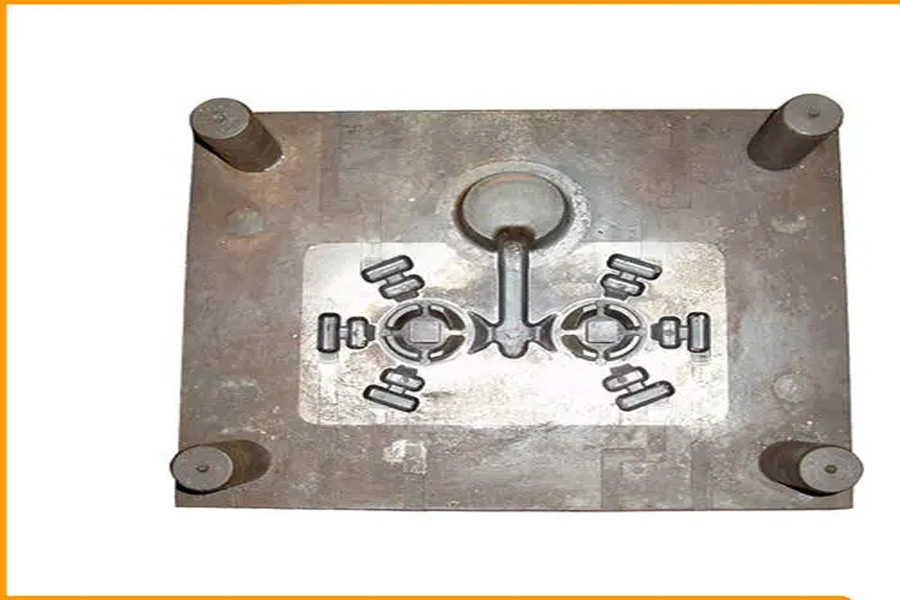
In addition, due to the limited cooling capacity of mineral oil, it is often unable to meet the quenching and hardening requirements of some low-carbon workpieces, which limits the scope of application.
Is it possible to replace oil with water as the quenching medium, and achieve the goals of energy saving, environmental protection and safety in quenching and cooling?
Compared with quenching oil, the cooling characteristics of water have two big differences:
First, the film boiling cycle is too long, making it difficult for the boiling curve to escape the nose tip of most steel “C” curves;
The second is that the bottom cooling rate is too fast, which causes greater stress on the workpiece during the cooling process, and increases the risk of deformation and cracking.
Therefore, the key to using water as a quenching medium to replace quenching oil is to try to overcome these two cooling characteristics of water. Strictly speaking, the cooling characteristics of water itself cannot be changed, but the required cooling effect can be obtained by controlling the timing and method of contact between the workpiece and the water.
Practice has shown that partial use of water/air alternating cooling method is a possible way for practical application. However, experience has also proved that there is a greater risk of deformation and cracking in quenching and cooling with water instead of oil, and these risks cannot be determined and eliminated only by blind process experiments, because the cost of blind process experiments is too high.
Therefore, the numerical simulation of the heat treatment process is a necessary preliminary work for popularizing the quenching technology with water instead of oil.
To truly obtain the ideal quenching effect, the following key conditions are required:
1. The cooling system that uses water instead of oil for quenching needs to have cooling functions such as air cooling, mist cooling, water spraying, water immersion, and combination/alternation. This requires the system to be equipped with different characteristics of injection units and respective media channels, and equipped with fast response electric or pneumatic valves to achieve rapid water injection or emptying of the quenching tank.
2. Obtain a database of water cooling capacity under different conditions through experiments, and establish a process database through simulation and process verification. At present, there are relatively mature heat treatment simulation software in the world, which can deduce the feasible cooling process through virtual calculation of the temperature field, the structure field and the stress field and the coupling correlation of the workpiece during the quenching and cooling process, thereby simplifying the process of the process experiment. Avoid unnecessary losses and waste.
3. Establish an intelligent quenching cooling system, which can flexibly switch and accurately control the process equipment. The so-called precise control refers to the control program and related control devices to control the flow pattern, flow, pressure, and pressure of the quenching medium such as air and water during the quenching process. The key parameters such as temperature and time are set and executed, and the rapid response is accurate to seconds, so that the cooling capacity of the system covers the entire range from air cooling to approximate salt water cooling, so as to meet the quenching and cooling requirements of a variety of workpieces.
Please keep the source and address of this article for reprinting: How to realize quenching and cooling with water instead of oil
Link to this article:How to realize quenching and cooling with water instead of oil
Reprint Statement: If there are no special instructions, all articles on this site are original. Please indicate the source for reprinting:Mold Wiki,Thanks!^^

